Stimulatory power varies based on chemical profiles
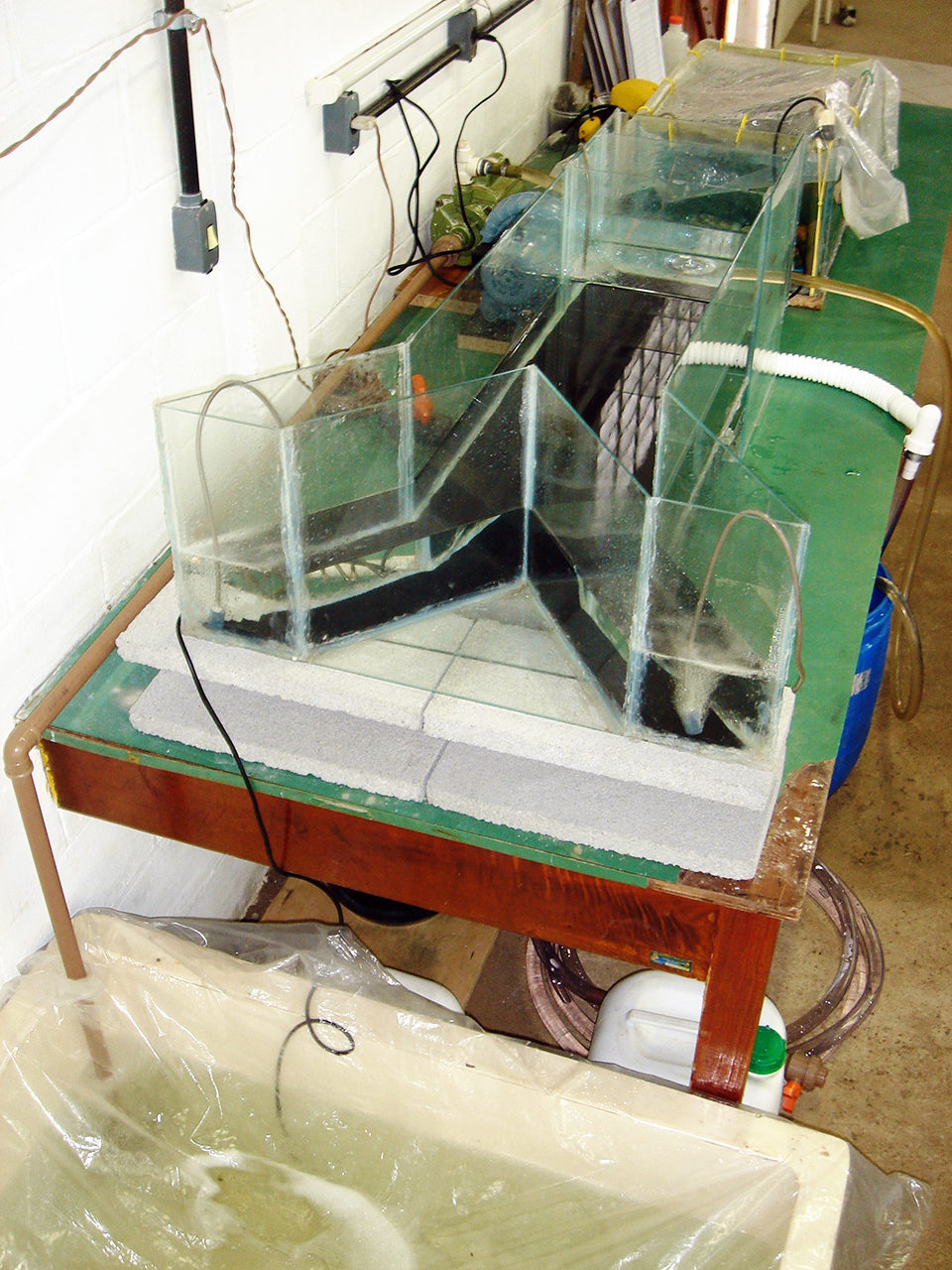
Several studies have supported that in diets for Pacific white shrimp (Litopenaeus vannamei), fishmeal can be partially replaced by a number of land and vegetable protein sources without a significant cost to growth performance. However, at high substitution levels, some key nutrients can become deficient or unavailable, suppressing feed intake and deteriorating growth.
To help in the detection of food and stimulation of feed intake in low-fishmeal diets, a number of ingredients known to act as attractants and feeding incitants (squid meal, krill meal, fish solubles and bivalve meals) have been used at 5-30 kg/metric ton (MT) of feed.
In a recent study by the authors, a Y-maze aquarium apparatus was used to test the efficacy of nine commercial feeding effectors for L. vannamei. The Y-maze methodology distinguished the performance of the products based on shrimp behavioral responses, including the time shrimp required to detect, identify and feed on the tested feed source. Additionally, chemical analyses were carried out on the different products in order to elucidate the chemical drives in shrimp-feeding attractiveness and stimulation.
Study setup
Juvenile L. vannamei weighing 6 to 12 grams were allotted individually in one Y-maze aquarium. In phase I of the study, the system was validated using fishmeal made from scrap fish, anchovy fishmeal, blood meal, meat and bone meal, squid meal, fish oil and fish solubles. There was also a negative control without any stimulatory raw material. The tested ingredients were included at 3 percent in neutral gelatin pellets. In each behavioral observation, two different ingredients were offered at the same time, each in equal quantity at the end of each chamber’s arm.
After system validation, the following commercial attractants were tested in phase II: 80 percent-crude protein (C.P.), vegetable dried biomass (VDB80), 68 percent-crude protein vegetable dried biomass plus glutamate and betaine (VDB68), amino acids complex (alanine, valine, glycine, proline, serine, histidine, glutamic acid, tyrosine and betaine) with enzymatically digested bivalve mollusk (CAA), condensed fish-soluble protein (CFSP), squid liver meal (SLM), betaine, dried fish solubles – low biogenic amines (DFSLB), dried fish solubles – high biogenic amines (DFSHB) and whole squid protein hydrolysate (WSPH).
Attractants were used at a 3 percent wet-basis level with neutral gelatin and no additional ingredient source. In this phase, soybean meal at 3 percent inclusion wet-basis was used as a negative control. In order to elucidate the chemical drivers of feeding stimulation for L. vannamei, each feeding effector used in phase II was evaluated in terms of soluble protein content and biogenic amines.
Results
Phase I
In the validation phase, anchovy fishmeal, fishmeal from scrap fish and squid meal were the top choices among all ingredients tested (Fig. 1) and were not rejected by L. vannamei on any occasion. In agreement with previous studies, this indicated their beneficial effects in stimulating shrimp feed intake.
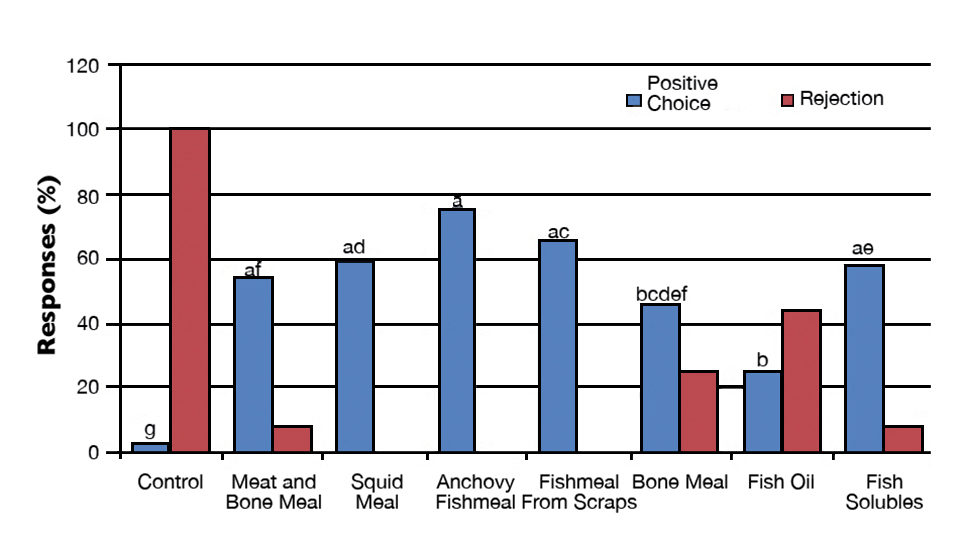
Ingredients of terrestrial origin were less preferred by L. vannamei than those of marine origin, either because of higher rejection (meat and bone meal) or lower percentage of positive choices (blood meal). Shrimp spent longer to detect fish oil than all other ingredients tested except meat and bone meal.
Fat- and oil-based materials are generally immiscible in water, and therefore are not optimal chemicals to attract, stimulate or trigger shrimp feeding responses. The minimal content of water-soluble compounds in fish oil makes it rather ineffective as a feeding activator in fish or crustacean feeds.
Phase II
In phase II, CFSP, CAA and WSPH stimulated higher feeding responses in L. vannamei than the other commercial attractants tested (Table 1). On the other hand, VDB80 and VDB68 produced the worst results for almost all experimental indicators. The remaining attractants could be categorized as medium-performance feeding stimulants.
Nunes, Attractability of commercial feed ingredients to L. vannamei, Table 2
| Attractant | Selection (%) | Rejection (%) | Detection * (seconds) | Feeding * (seconds | Crude Protein (%) | Soluble Protein/Crude Protein (%) | Putrescine (mg/kg) | Cadaverine (mg/kg) | Histamine (mg/kg) |
|---|---|---|---|---|---|---|---|---|---|
| Control | 20.0f | 22.2 | – | – | 46.7 | 66.2 | 851.4 | 0 | 0 |
| VDB80 | 35.6ef | 37.5 | 381b | 80b | 79.8 | 13.2 | 97.9 | 0 | 0 |
| VDB68 | 40.0def | 27.8 | 408b | 345ab | 68.1 | 10.1 | 0 | 0 | 0 |
| CAA | 66.7ab | 0 | 313ab | 495a | 79.6 | 77.9 | 0 | 222.3 | 140.2 |
| CFSP | 73.3a | 3.0 | 308ab | 374ad | 30.9 | 13.7 | 0 | 567.7 | 0 |
| SLM | 62.2abcd | 0 | 256ab | 364ab | 41.5 | 23.8 | 910.2 | 145.9 | 0 |
| Betaine | 42.2cde | 15.8 | 321ab | 134bcd | 70.3 | 0.5 | 0 | 8.2 | 0 |
| DFSLH | 53.3abcde | 8.3 | 321ab | 288ab | 89.2 | 14.0 | 696.4 | 1,040.3 | 95.4 |
| DFSHH | 46.7bcde | 19.0 | 363b | 254ab | 88.9 | 14.2 | 873.9 | 1,380.0 | 167.7 |
| WSPH | 60.0abcd | 0 | 202a | 406ac | 72.1 | 19.2 | 0 | 483.7 | 410.0 |
VDB80 = Vegetable dried biomass
VDB68 = Vegetable dried biomass plus glutamate and betaine
CAA = Amino acid complex with enzymatically digested bivalve mollusk
CFSP = Condensed fish-soluble protein
SLM = Squid liver meal
DFSLH = Dried fish solubles – low biogenic amines
DFSHH = Dried fish solubles – high biogenic amines
WSPH = Whole squid protein hydrolysate
Values with different superscripts in the same column are statistically significant (P < 0.05).
* Comparisons against the control diet (neutral gelatin plus soybean meal).
The superior attractiveness results for the commercial enzymatically digested bivalve mollusk product confirmed the chemosensory ability of amino acids to elicit positive feeding responses in L. vannamei. Further, when CAA’s results were contrasted with those obtained for betaine, it evidenced that amino acids pools are better attractants for L. vannamei than isolated ones.
As with fish solubles, CFSP appeared to be rich in water-soluble substances that boosted feeding stimuli response. So the higher attractiveness for CFSP observed in the study is supported by the accepted premise of feeding attractants for aquatic animals.
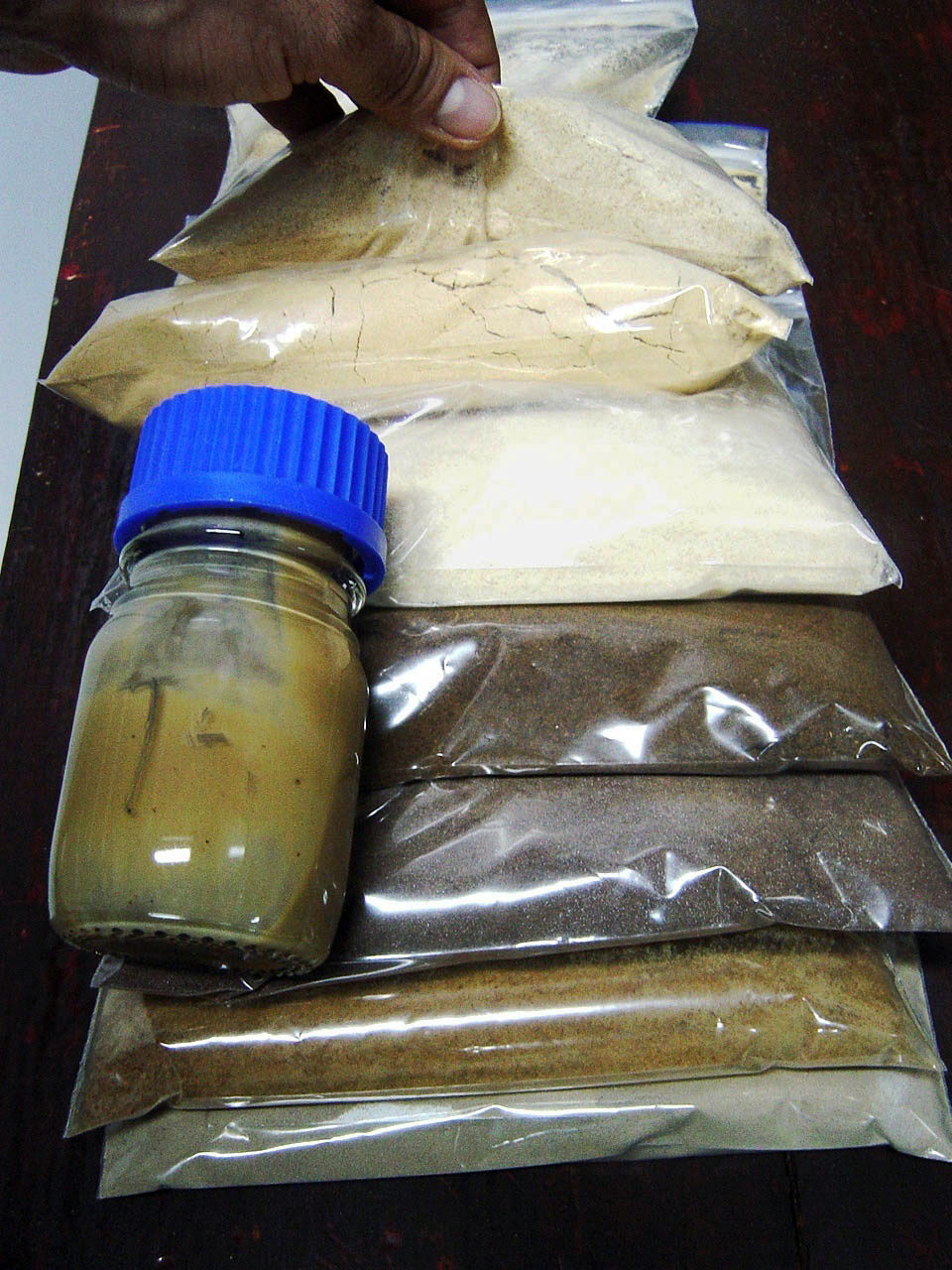
Performance correlations
Regression analysis revealed no significant correlation between the soluble protein (S.P.) to crude protein (S.P.) ratio of attractants and the feeding responses they provided (Table 1). One of the highest S.P.:C.P. ratios was achieved for the gelatin pellets containing the soybean meal control, which provided the poorest feeding response. Similarly, CAA also obtained a high S.P.:C.P. ratio despite high shrimp-feeding responses.
On the other hand, there seemed to be a relationship between the levels and presence of biogenic amines and attractiveness. Tested attractants that contained only putrescine in their composition, such as the soy control and VDB80, resulted in poor attractiveness. Conversely, the high feeding responses obtained with CFSP were associated with the presence of cadaverine alone. As opposed to betaine, which also contained only cadaverine, CFSP had high concentrations of this biogenic amine.
When the sum of the total biogenic amine was either very low or very high, it also resulted in low feeding stimulation, such as observed for VDB68 and DFSHH. The combination of putrescine with cadaverine (SLM) or cadaverine with histamine (CAA and WSPH) was also beneficial to attractiveness.
Perspectives
While the quality and freshness of feed ingredients such as fishmeal are typically measured by the total content of biogenic amines, the study revealed that some of the most powerful attractants evaluated contained some level of these compounds. Further work is required to better classify the stimulatory power of shrimp attractants based on their chemical profiles.
(Editor’s Note: This article was originally published in the July/August 2010 print edition of the Global Aquaculture Advocate.)
Now that you've reached the end of the article ...
… please consider supporting GSA’s mission to advance responsible seafood practices through education, advocacy and third-party assurances. The Advocate aims to document the evolution of responsible seafood practices and share the expansive knowledge of our vast network of contributors.
By becoming a Global Seafood Alliance member, you’re ensuring that all of the pre-competitive work we do through member benefits, resources and events can continue. Individual membership costs just $50 a year.
Not a GSA member? Join us.
Authors
-
Alberto J.P. Nunes, Ph.D.
Instituto de Ciências do Mar
Av. da Abolição, 3207 – Meireles
Fortaleza, Ceará 60165-081 Brazil[114,98,46,109,111,99,46,108,111,117,64,110,112,106,111,116,114,101,98,108,97]
-
Marcelo V.C. Sá, Ph.D.
Instituto de Ciências do Mar
Av. da Abolição, 3207 – Meireles
Fortaleza, Ceará 60165-081 Brazil -
Daniel Lemos, Ph.D.
Instituto Oceanográfico da Universidade de São Paulo
São Paulo, São Paulo, Brazil
Tagged With
Related Posts
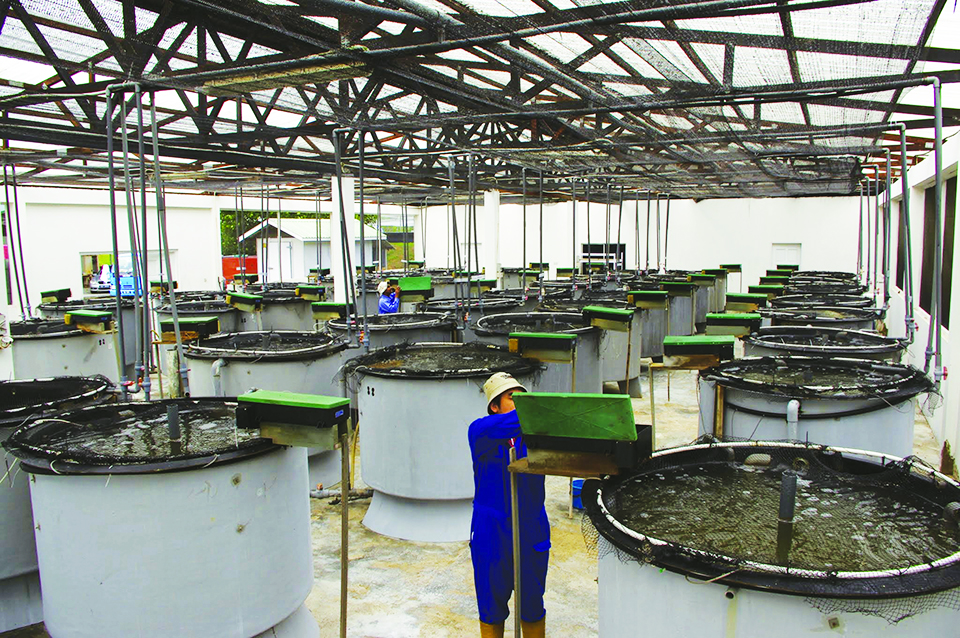
Health & Welfare
Brunei project develops technology for large black tiger shrimp production, part 4
Nutrition research run in conjunction with the breeding program ensures that cost-effective feeds are optimized for shrimp performance for a five-year project undertaken in Brunei Darussalam to develop advanced technology for production of large black tiger shrimp.
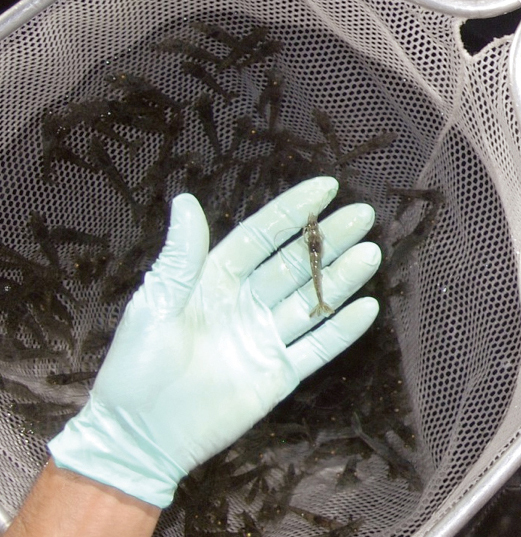
Aquafeeds
Feed study examines effects of fishmeal storage
A study investigated the effects of storage temperature and duration on the quality of finished fishmeal fed to juvenile shrimp. Diets with 15 percent fishmeal were stored at 4 or 30 degrees-C for six months or 12 months.
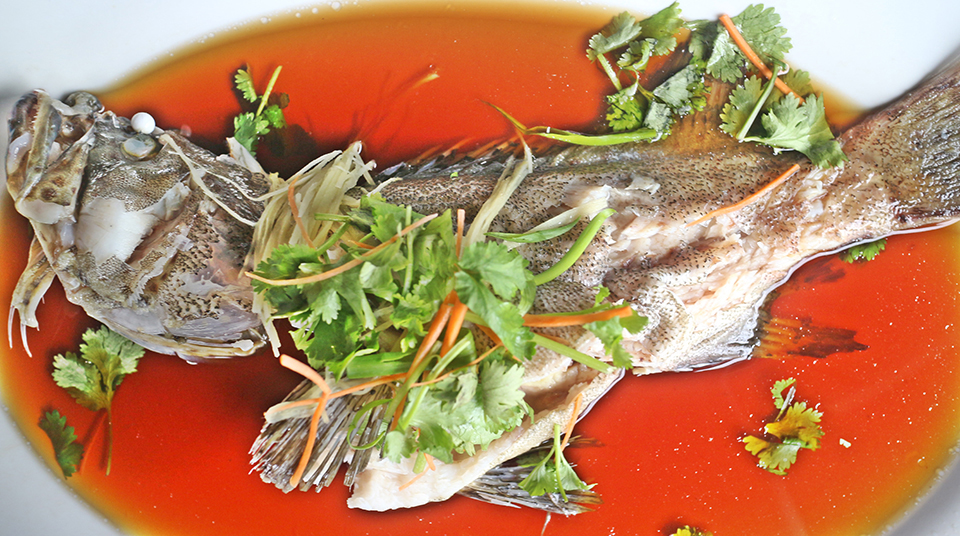
Aquafeeds
Soy trials replace fishmeal in grouper feeds
Although groupers present desirable traits as an aquaculture species, the high cost of feed for the carnivorous fish limits expansion of grouper culture. The author performed two trials to evaluate the performance of tiger grouper juveniles fed soybean meal-based feeds.
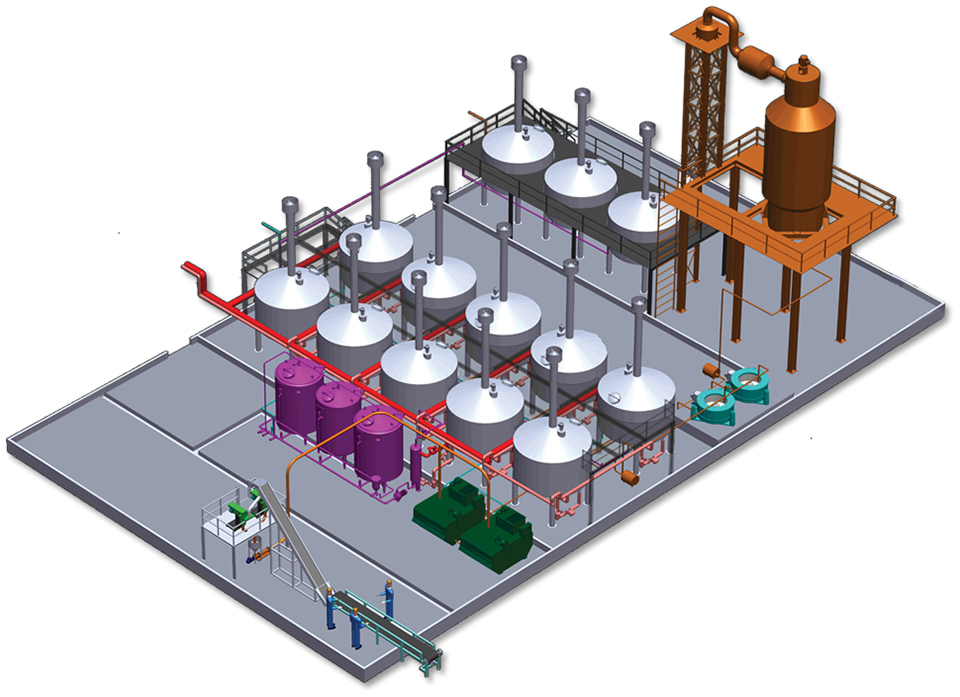
Health & Welfare
The efficacy of shrimp soluble extract
Vietnam Organic applied an enzymatic hydrolysis process on shrimp head waste to produce a shrimp soluble extract (SSE) feed attractant that contains a mixture of free amino acids and peptide.


